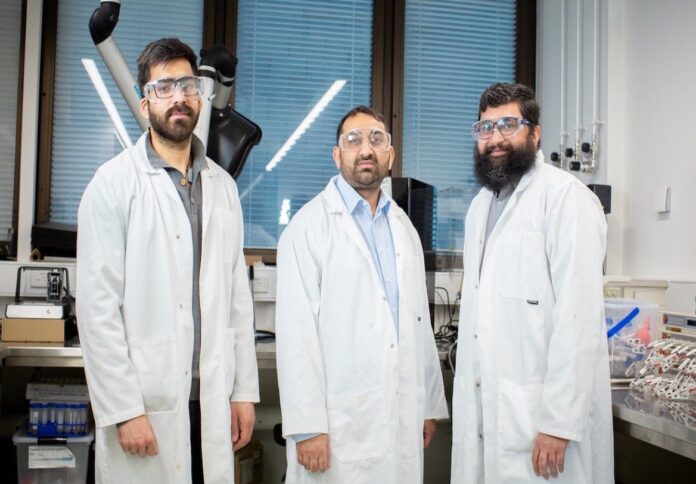
Scientists from RMIT University have developed what they claim is a cheaper and more energy-efficient way to make hydrogen directly from seawater in a push to boost the green hydrogen industry.
The new technique divides seawater straight into hydrogen and oxygen, avoiding the need for desalination and all of its costs, energy requirements, and carbon emissions.
Lead researcher Dr Nasir Mahmood, a vice-chancellor’s senior research fellow at RMIT, noted that green hydrogen production processes, which have immense potential as a clean energy source, were both costly and relied on fresh or desalinated water.
However, in order to be sustainable, Dr Mahmood argued that the hydrogen should be completely carbon-free throughout the full product life cycle and not deplete the world’s limited freshwater supplies.
“Our method to produce hydrogen straight from seawater is simple, scaleable and far more cost-effective than any green hydrogen approach currently in the market,” the lead researcher stated.
“With further development, we hope this could advance the establishment of a thriving green hydrogen industry in Australia,” he continued.
Mahmood also added the development held out hope to significantly bring down the cost of electrolysers – enough to fulfil the Australian Government’s target for green hydrogen generation of $2/kilogram and put it on par with hydrogen derived from fossil fuels.
The current practice to make green hydrogen is by using an electrolyser to divide water into its component constituents of hydrogen and oxygen resulting in the production of a toxic byproduct, which is chlorine rather than carbon dioxide.
The new method, developed by a team at RMIT’s multidisciplinary Materials for Clean Energy and Environment (MC2E) research group, employs a special type of catalyst designed specifically for use with seawater.
The research, guided by PhD candidate Suraj Loomba, aimed to create highly efficient, stable catalysts that could be manufactured cheaply.
“These new catalysts take very little energy to run and could be used at room temperature,” Mahmood said.
According to Loomba, the research team’s approach concentrated on modifying the internal chemistry of the catalysts in a straightforward manner, which makes them relatively easy to create in large quantities so they may be easily synthesised at industrial scales.



















